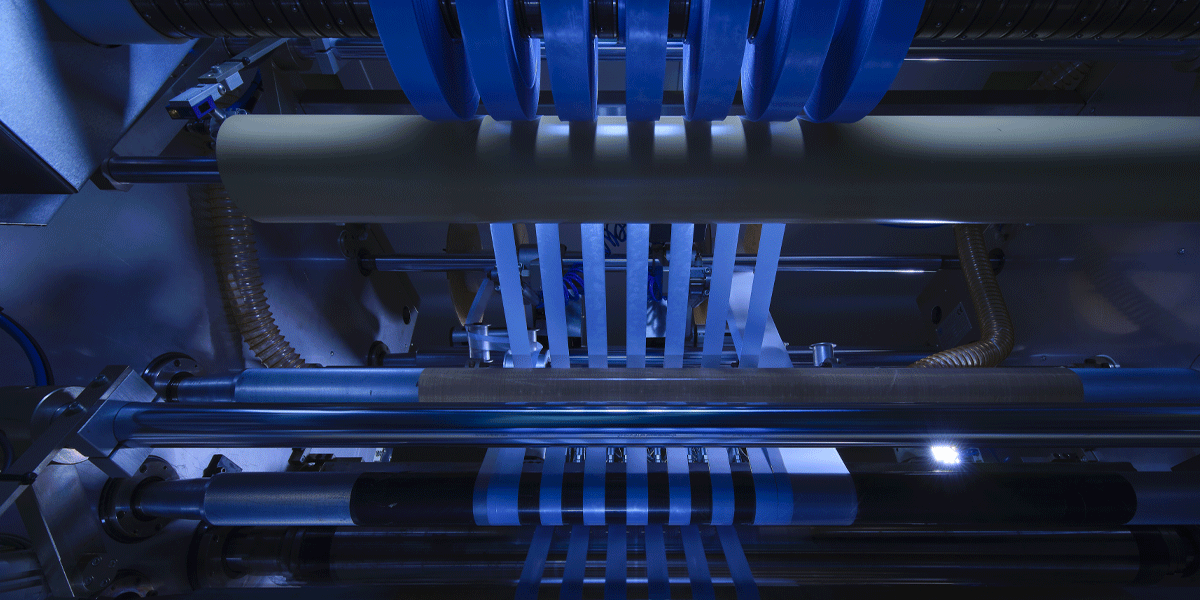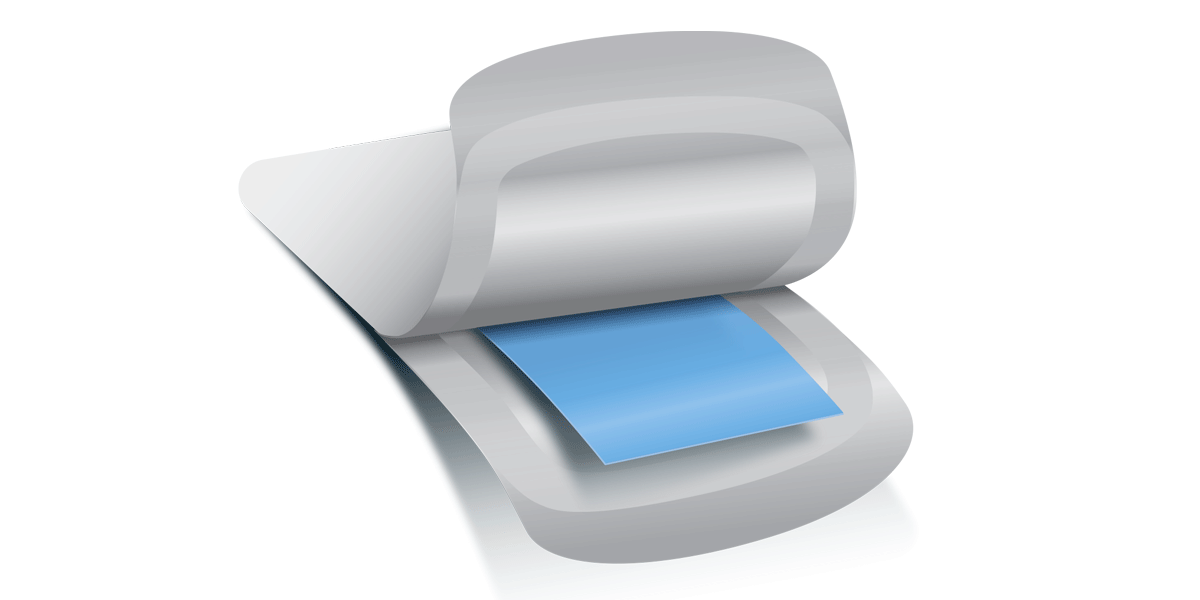Technologies
Orodispersible films – ODF
Orodispersible film (ODF) is a new oral pharmaceutical form, whose characteristics are able to improve the treatment compliance of certain groups of subjects whose needs are not met by capsules and tablets. They take the form of small, thin, flexible sheets, similar to postage stamps that, when placed inside the mouth, dissolve rapidly in contact with saliva. The dissolution time is usually a few dozen seconds and in any case no more than one minute. The weight of a single film is usually a few hundred mg, meaning that very little saliva is required for dissolution.
The main production technique for ODFs is based on the coating process. In this case, the first step of production is the preparation of a homogeneous coating mass in which all the ingredients are dissolved in a suitable solvent, usually it’s water – it’s possible to incorporate other poorly-soluble active substances or functional ingredients into this mass, provided they are homogeneously dispersed.
In order to achieve this aim, it is necessary to act both on the particle size of these insoluble ingredients, which must be suitably fine and poorly dispersed, and on the dissolver tank stirring system in which the mass is prepared, which can be also fitted with a turbo emulsifier. The coating mass is then used to feed a continuous coating machine inside which, using a calibrated blade, is distributed evenly over a ribbon of plastic medium (liner) to obtain a layer with an even, pre-set thickness. This then passes through a heated tunnel, where the water is made to evaporate under controlled conditions until the orodispersible film takes on its definitive form. The last step of the process involves cutting the film down to single dose unit size, removal of the supporting liner and individual packaging in a heat-sealed sachet of compound material. The ODFs obtained by coating are usually square or rectangular, with a thickness of a few hundred microns and sides with lengths that can vary from 1 to 4 cm. A correct coating process makes it possible to guarantee a uniform content in line with the pharmaceutical requirements, ensuring that the concentration of active ingredients is constant over the entire area of the film. Thanks to the water-soluble film-forming polymer that constitutes the main structure of the film, the ODF has good tensile strength, elasticity and flexibility. These properties give the ODF good manageability, which is extremely important for the user, and appropriate processability, which is essential for large-scale production. A film-forming polymer and a plasticiser alone could be sufficient to obtain an ODF; however, these two ingredients are usually combined with a flavouring, to improve palatability, and a colouring, to improve its appearance. As mentioned previously, the main ingredient of an ODF is the film-forming polymer, which can also be a blend of two or more polymers. There are a number of water-soluble polymers that can serve this purpose, including pullulans, alginates, modified cellulose and maltodextrins. It is important for the polymer to have not just the right solubility, processability, flavour and does not leave residues in the mouth.
For the production of its orodispersible films, IBSA chose maltodextrins as the main polymer, taking to industrial scale a patented formulation platform that forms the basis of the IBSA FilmTech technology. Maltodextrins have the advantage of being a common, affordable food ingredient with good palatability and rapid dissolution times inside the mouth, where they dissolve completely without leaving an aftertaste.
Orodispersible films always permit immediate release: ODFs release their ingredients very rapidly and can therefore make their absorption easier and quicker than with a tablet or capsule. In certain specific cases, depending on the nature of the active substance, ODFs can also improve the absorption of active substances and functional ingredients.
Orosoluble preparations such as ODFs are the preferred oral form for most people. For certain user categories, such as dysphagic subjects, bed-ridden and elderly individuals, those who have problems taking water and children, the use of ODFs instead of conventional oral forms becomes a necessity rather than a mere preference. As a matter of fact, when compared to tablets, capsules, powders and syrups, orodispersible films allow a precise and accurate dose even for those who have problems swallowing or cannot use water to aid administration.






